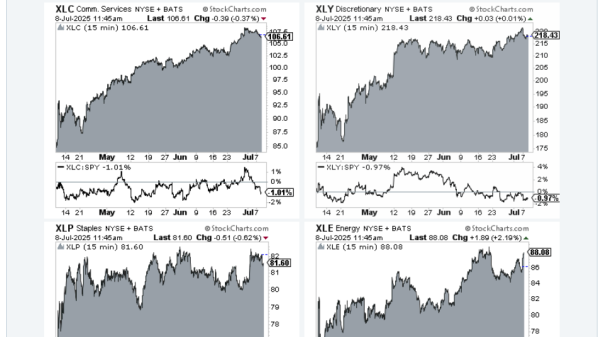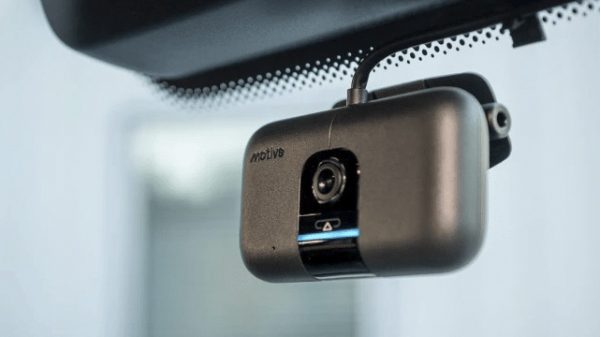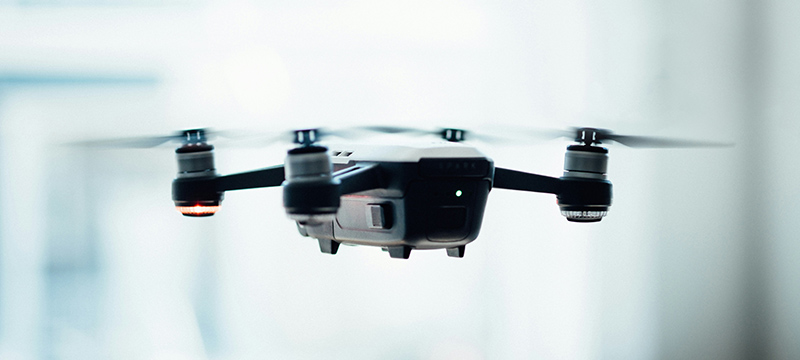Drones have evolved over the years from simple gadgets used for recreation to highly specialized instruments that could cause massive disruption and security breaches.
Probably the latest and most alarming threats of drones are those that involve business penetration for stealing unauthorized information. Such rogue drones have many uses that range from social engineering to espionage.
The mitigation of risks in drone threats should be holistic in IoT security. The proverbial weak link forms every strong chain; hence, the establishment of potential vulnerabilities is required. It may be an underlying factor that an organization’s attack surface is incomplete if a specialist counter drone solution, which actually does address the drone threats, comes off as weak against the traditional ways for security for protection.
Why should IoT businesses be concerned?
Rogue drones can compromise IoT devices that are equipped with a high-resolution camera to click sensitive data such as sensor readings, network configurations, or proprietary information. This information could then be used for malicious purposes such as industrial espionage and sabotage. For instance, flying a drone over the factory floor can capture, rather easily, footage that reveals sensitive information on production processes or equipment at play.
Drones can also cause physical damage to or disrupt key infrastructure, including power plants, towers of telecommunications, and data centers, resulting in huge economic losses aside from disrupting operations. For example, a drone may drop objects onto a power line, resulting in a blackout.
They may also be able to interfere with IoT networks, causing disturbances or outages of services. An example could be where drones jam wireless signals or saturate network resources. Most jurisdictions have laws about the use of drones, and any non-compliance by IoT businesses may be liable to face fines or other penalties. These vary depending on the location of the IoT deployment, the type of drone activity involved, and other factors.
How can IoT businesses mitigate the risks of rogue drone activity?
Drone Detection Systems
Employ cutting-edge drone detection systems with real-time capability for drone tracking, such as using radar for detection at long ranges or computer vision to analyze images to detect a drone model and flying pattern.
Secure IoT Devices
Ensure all IoT devices are truly secure in order to avoid unauthorized access that may lead to data breaches. This would include strong passwords, encryption of data, and regular software updates. Also, IoT devices should be configured for the usage of secure protocols of communication and limitation of network access.
Monitor Network Traffic
This will continuously monitor suspicious traffic in the network, which might occur in the form of unauthorized access and unusual flow of data. It can be possible through the system security-related tools and NIDS.
Develop Response Protocols
Develop an emergency response plan in case of drone incidents; a policy on notification of the proper authorities, securing premises, and protection against sensitive information release. Such plans would be practiced regularly to keep the employees familiar with their roles and responsibilities.
Collaborate with Industry Partners
Collaborate with other IoT businesses and industry associations to share information and best practices relative to countering drone threats. This may help in better understanding emerging threats and determining effective countermeasures.
Additional Considerations
Drone jamming is a technique that interferes with drone operations. This can provide an effective countermeasure, with very important caveats: this device interferes along with drones with other wireless communications such as those used by emergency services or critical infrastructure.
Contrarily, netting systems take a more physical direction while trying to counter the threats that drones have posed. They are, in fact, designed to capture drones using a net; nonetheless, not all environments may find them suitable.
Other counter options against rogue drone operations include laser systems. Laser systems will disrupt the completion of a drone mission through interference with sensors or communications on the drones. Improper application of a laser system does create serious risks to vision and possible equipment destruction.
Conclusion
It has helped IoT businesses protect assets, guard against data compromise, and assure operational resiliency by confronting the risks of rogue drone flights. With the adoption of drones growing steadily, an IoT business needs to stay updated on the latest kinds of threats in order to build effective countermeasures.
The post Drone Threats to IoT Security: Dealing with the Growing Concern appeared first on IoT Business News.























